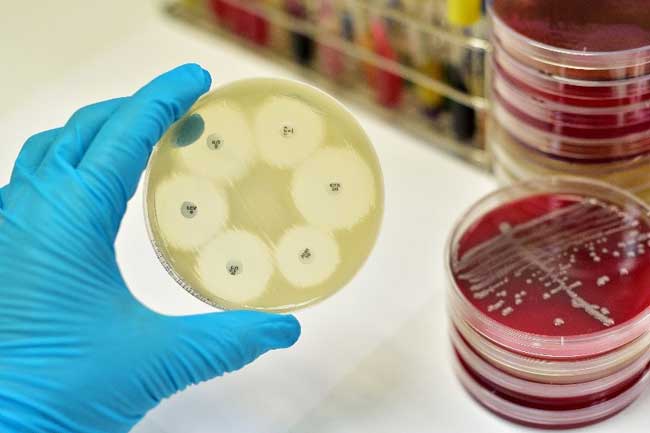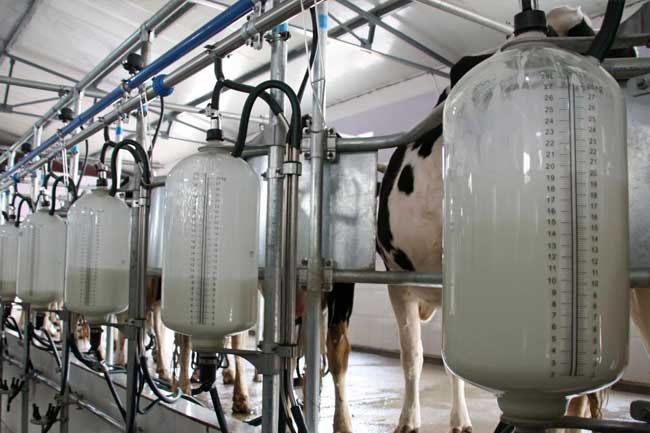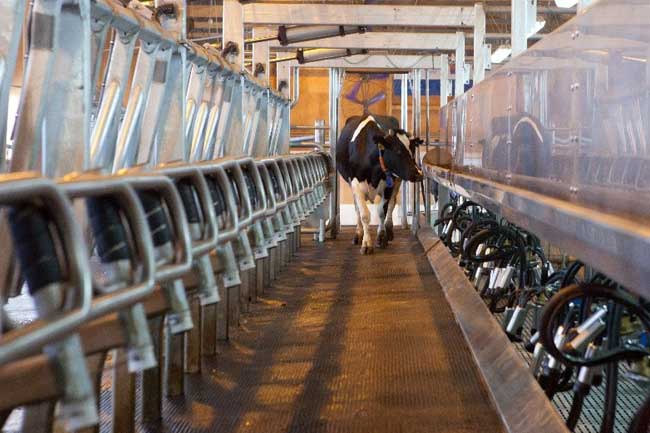Udder Health
Dellait » Milk Quality » Udder Health
UDDER HEALTH
In 10 to 40% of clinical mastitis cases, cultures yield no bacterial growth, and therefore, antimicrobial therapy is not required. In a recent study of 20 dairies in Wisconsin, 80% of all antimicrobials used were for the treatment or prevention of mastitis, and 50% for clinical mastitis.
Taking into account the mentioned study, with 50% of all antimicrobial drugs used in dairy farms dedicated to clinical mastitis treatment, the selective treatment of clinical mastitis based on on-farm culture results can potentially reduce the total antimicrobial use on dairy farms by 25%.


A multi-state, multi-herd clinical trial on 422 cows from Minnesota, Wisconsin, and Ontario, Canada, reported that the treatment of clinical mastitis with intramammary antibiotics could be reduced by half without significant differences in days to clinical cure by using on-farm culture systems to guide strategic treatment decisions in cows with clinical mastitis.
By using an on-farm culture system to strategically identify and treat clinical mastitis, Iowa State University researchers reduced the direct cost of clinical mastitis by 65%. Furthermore, the typical milk discard period after a case of clinical mastitis (including treatment and withdrawal time) is about six days.
If a 1,000-cow dairy herd experienced a 6% mastitis treatment rate per month, that herd would discard approximately 360 cow-days’ worth of milk every month (60 cases at six days milk discard). At a 36/cow/day milk yield and $330/ton milk, the discarded milk would be valued at $4,320 per month or about $52,000 per year. In this scenario, each additional day of milk discard will create another $8,500 per year in discarded milk costs.


The successful treatment of mastitis depends on early detection and proper diagnosis. On-farm culture methods are generally used to attain rapid access to results in situ that allow for an early mastitis diagnosis and facilitate the decision-making process with respect to mastitis treatment. On-farm culturing enables producers to obtain bacteriological results in just 24 hours. Because antibiotics do not cure many mastitis cases, withholding antibiotic treatment for 24 hours does not really affect treatment success rates. Cows that need treatment (those with Gram-positive infections) can be treated once the results are obtained.
Cows with cases that will not respond to antibiotics (those with Gram-negative infections) may be monitored to ensure that they are systemically treated if the immune system is unable to fight the infection and the mastitis becomes toxic. However, cows that successfully fight off Gram-negative infections will not have been treated with antibiotics, meaning no treatment costs and no milk discard. In conclusion, selective treatment of clinical mastitis based on on-farm culture results can potentially reduce total antimicrobial use on dairy farms.


